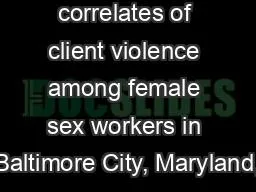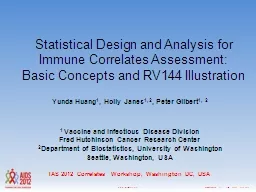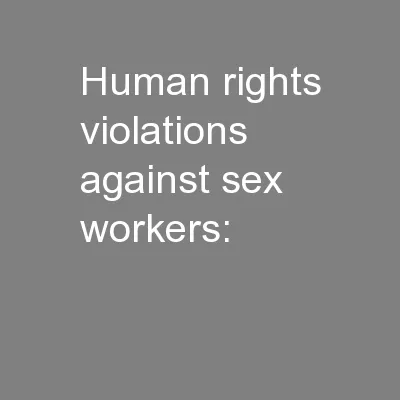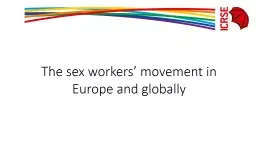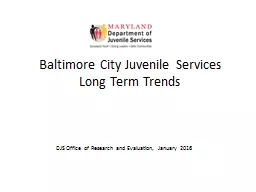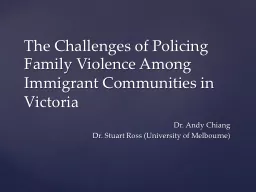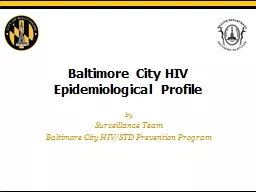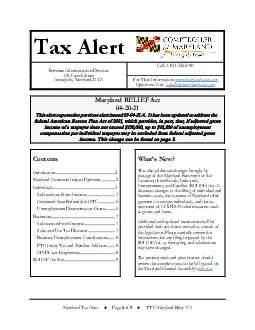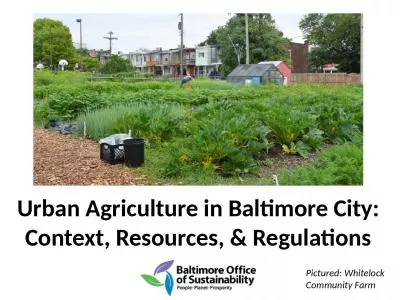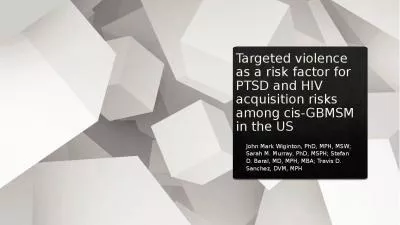PPT-Police related correlates of client violence among female sex workers in Baltimore City,
Author : genesantander | Published Date : 2020-11-06
Katherine Footer Coauthors Ju Nyeong Park Sean T Allen Michele R Decker Brad E Silberzahn Steve Huettner Noya Galai Susan G Sherman July 2018 International
Presentation Embed Code
Download Presentation
Download Presentation The PPT/PDF document "Police related correlates of client viol..." is the property of its rightful owner. Permission is granted to download and print the materials on this website for personal, non-commercial use only, and to display it on your personal computer provided you do not modify the materials and that you retain all copyright notices contained in the materials. By downloading content from our website, you accept the terms of this agreement.
Police related correlates of client violence among female sex workers in Baltimore City,: Transcript
Download Rules Of Document
"Police related correlates of client violence among female sex workers in Baltimore City,"The content belongs to its owner. You may download and print it for personal use, without modification, and keep all copyright notices. By downloading, you agree to these terms.
Related Documents

